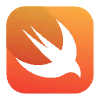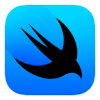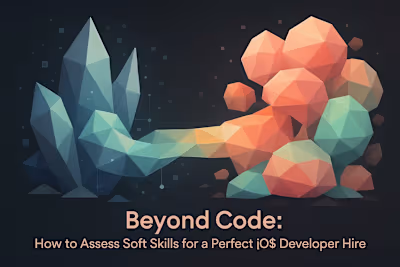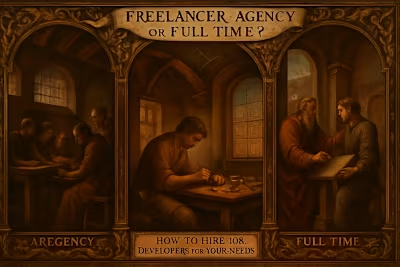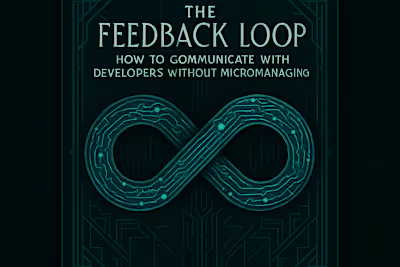The Ultimate iOS Coding Challenge (That Real Pros Can Ace)
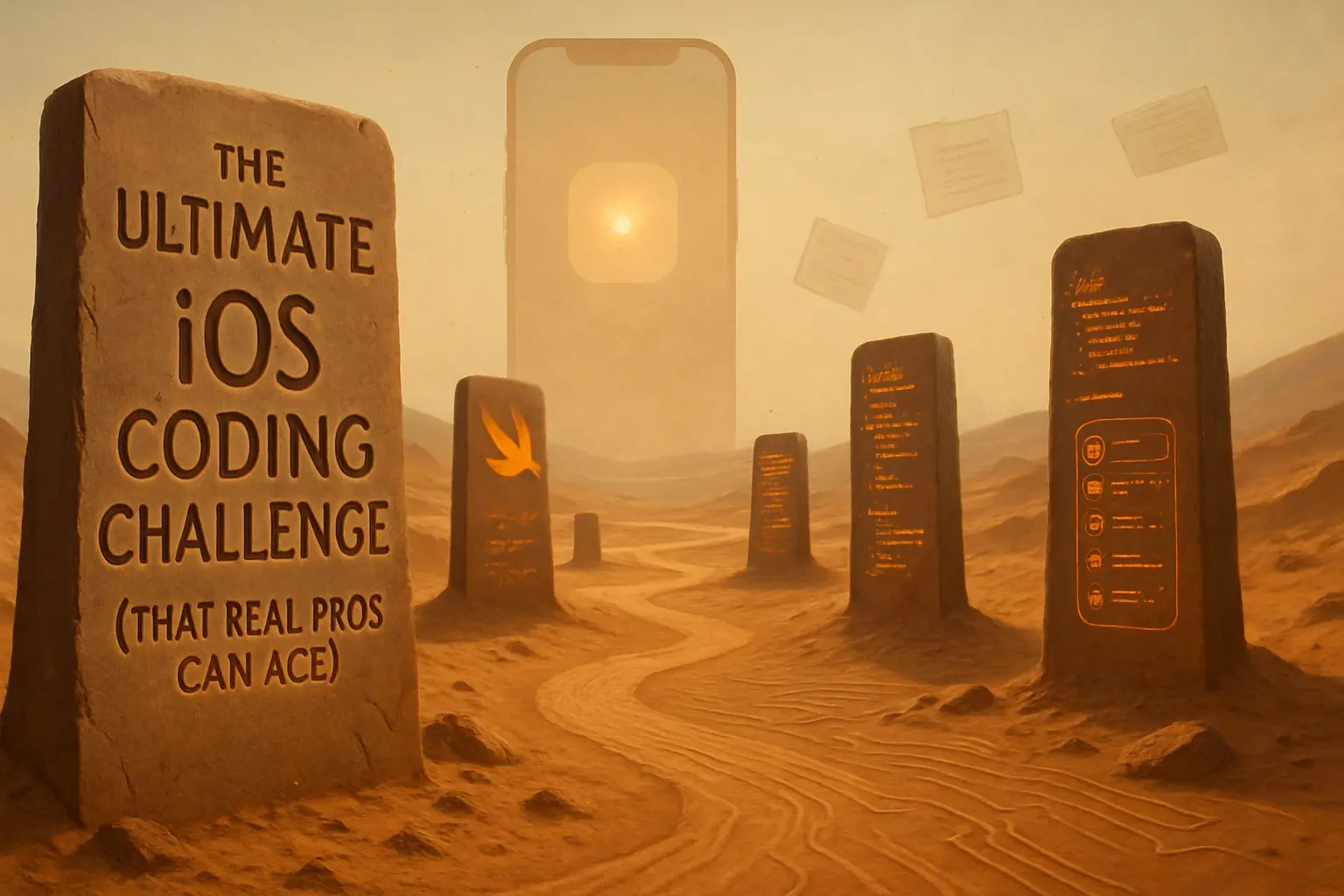
The Ultimate iOS Coding Challenge (That Real Pros Can Ace)
Designing an Effective Coding Challenge
Keep it Relevant and Time-Bound
Provide Clear Requirements and a Public API
The Challenge: Build a Mini 'Top Articles' App
Core Task: Fetch, Parse, and Display Data
Technical Requirements: Swift, MVVM, and Testing
Bonus Points: Error Handling, UI Polish, and Caching
How to Evaluate the Submission
Code Quality and Architecture
Functionality and User Experience
Testing and Documentation
Discussing the Challenge in a Follow-up Interview
Sample Follow-up Questions
References
The Ultimate iOS Coding Challenge (That Real Pros Can Ace)
Theoretical technical interview questions are important, but nothing reveals a developer's true capabilities like a hands-on coding challenge. This is where they demonstrate how they build, structure, and solve problems in a real-world scenario. A well-designed challenge is the best predictor of on-the-job performance. After the challenge, you'll have a complete picture by assessing their soft skills.
When you're ready to hire your next iOS developer, a coding challenge separates the truly skilled from those who just talk a good game. It's like watching a chef cook instead of just reading their recipe book. You get to see their actual skills in action, their problem-solving approach, and how they handle real constraints.
Designing an Effective Coding Challenge
A good coding challenge should mirror a real task, be respectful of the candidate's time, and have clear evaluation criteria. Think of it as a miniature version of what they'd actually build on the job. You want something challenging enough to showcase skills, but not so complex it becomes a week-long project.
The best challenges strike a balance. They test technical skills without being trick questions. They reveal how candidates think through problems, organize their code, and communicate their decisions. Most importantly, they respect everyone's time while still providing meaningful insights.
Keep it Relevant and Time-Bound
The task should be a simplified version of what the developer would actually do in the role. If you're hiring someone to build consumer apps, don't give them a complex algorithm challenge. Instead, have them build a small feature similar to what they'd work on daily.
Always clearly state the expected time commitment. Most effective challenges take 4-6 hours to complete. This gives candidates enough time to showcase their skills without demanding an unreasonable time investment. Be upfront about this expectation. Nothing frustrates good developers more than a "2-hour" challenge that actually takes 10 hours to do properly.
Consider the candidate's current situation too. They might be working full-time while job hunting. Giving them a reasonable deadline (usually 3-7 days) shows respect for their time and other commitments. This also lets you see how they manage deadlines and communicate if they need more time.
Provide Clear Requirements and a Public API
Give the candidate everything they need to succeed. This means clear user stories, UI mockups if applicable, and a reliable public API to work with. You're testing their development skills, not their ability to guess what you want.
Start with user stories that explain what the app should do from a user's perspective. For example: "As a user, I want to see a list of top articles so I can stay informed about current events." This gives context and purpose to the technical requirements.
If the challenge involves UI work, provide mockups or at least detailed descriptions. You can use simple wireframes - they don't need to be pixel-perfect designs. The goal is clarity, not aesthetics. This ensures all candidates work from the same visual reference.
For the API, choose something public and reliable. News APIs, weather services, or even a mock API you've set up work well. Include the API documentation and any necessary keys. The last thing you want is candidates struggling with API authentication instead of showing their iOS skills.
The Challenge: Build a Mini 'Top Articles' App
Let me share a specific coding challenge that works incredibly well. It's simple enough to complete in a few hours but complex enough to reveal a developer's true abilities. The task: create a simple app that fetches and displays a list of articles from a public news API.
This challenge hits all the key areas of iOS development. It requires networking, data parsing, UI creation, and architecture decisions. Plus, it's something every iOS developer should be able to handle, regardless of their specific background.
Core Task: Fetch, Parse, and Display Data
The primary goal is straightforward. Make a network request to an API, parse the JSON response, and display the results in a list view. Candidates can use either UIKit or SwiftUI, depending on the role requirements or their preference.
Here's what the basic flow looks like:
App launches and shows a loading state
Fetches article data from the API
Parses the JSON into model objects
Displays articles in a scrollable list
Each item shows the title, author, and publication date
This core task tests fundamental skills every iOS developer needs. Can they make network requests? Do they understand JSON parsing? Can they create a clean, functional UI? These basics reveal a lot about their foundation.
The beauty of this challenge is its simplicity. There's no complex business logic to figure out. No intricate UI animations to perfect. Just clean, solid iOS development that shows how they approach everyday tasks.
Technical Requirements: Swift, MVVM, and Testing
Now let's get into the specific technical requirements. First, the code should be written in Swift. This might seem obvious, but it's worth stating explicitly. You want to see their Swift skills, not their ability to maintain legacy Objective-C code.
Require them to use the MVVM (Model-View-ViewModel) architecture pattern. This shows whether they understand separation of concerns and can structure code beyond simple MVC. Look for proper use of view models, data binding, and clear separation between UI and business logic.
Testing is non-negotiable. Ask for unit tests covering at least the view model and networking layer. This reveals whether they write testable code and understand the importance of automated testing. Good developers write tests as they go, not as an afterthought.
Here's what you might specify:
Use Swift 5.0 or later
Implement MVVM architecture
Include unit tests with at least 70% code coverage for view models
Use URLSession for networking (no third-party libraries required)
Support iOS 14.0 and above
These requirements are specific enough to ensure consistency across submissions but flexible enough to let developers show their style and preferences.
Bonus Points: Error Handling, UI Polish, and Caching
Mention bonus tasks that allow exceptional candidates to really shine. These aren't required, but they separate good developers from great ones. Think of these as opportunities for candidates to go above and beyond.
Error handling is a great differentiator. How do they handle network failures? What about malformed JSON? Do they show user-friendly error messages? Great developers think about what can go wrong and plan for it.
UI polish reveals attention to detail. This might include:
Pull-to-refresh functionality
Smooth scrolling with no lag
Loading indicators that feel natural
Empty state when no articles are available
Subtle animations that enhance the experience
Caching shows advanced thinking. Maybe they implement simple image caching so thumbnails don't reload every time. Or they cache the article list for offline viewing. This demonstrates understanding of performance and user experience beyond basic requirements.
Other bonus areas might include:
Dark mode support
Accessibility features
Localization readiness
Memory efficiency
Creative UI touches that improve usability
Remember, these are bonuses. Don't penalize candidates who stick to core requirements due to time constraints. But definitely reward those who thoughtfully add these enhancements.
How to Evaluate the Submission
Evaluating code goes way beyond checking if it compiles and runs. You're looking for craftsmanship, problem-solving ability, and attention to detail. A comprehensive review helps you understand not just what they built, but how they think.
Start by actually running the app. Does it work as expected? Is it smooth and responsive? Then dive into the code itself. You're looking for patterns, consistency, and evidence of thoughtful decisions.
Code Quality and Architecture
First, assess the overall code structure. Is it organized logically? Can you find things where you'd expect them? Good architecture makes code easy to navigate and understand. Look for clear separation between different concerns.
Check their MVVM implementation. Are view models truly independent of views? Do they use proper data binding? Is business logic in the right place? A clean architecture shows they can work on large, complex projects without creating a mess.
Code readability matters immensely. Look for:
Clear, descriptive variable and function names
Consistent formatting and style
Appropriate comments where needed (but not over-commented)
Small, focused functions that do one thing well
Proper use of Swift features like optionals, protocols, and extensions
Pay attention to Swift-specific patterns. Do they use value types appropriately? Are they leveraging Swift's powerful type system? Good Swift developers write Swift, not just translated Objective-C.
Also examine their git history if provided. Meaningful commit messages and logical commit structure show professional development practices. It's a small detail that reveals a lot about their workflow.
Functionality and User Experience
Does the app meet all the requirements? Start with the basics. Does it fetch data? Display it correctly? Handle user interactions properly? These fundamentals must work flawlessly.
Then look deeper. How does it handle edge cases? What happens with:
No internet connection
Empty article list
Very long article titles
Slow network conditions
API errors or timeouts
Great developers anticipate these scenarios. They don't just build for the happy path. They consider what users might actually experience in the real world.
Evaluate the user experience beyond pure functionality. Is the app responsive? Do interactions feel natural? Are loading states clear? Does it feel polished or rough around the edges? These details matter because they reflect the developer's empathy for users.
Test on different devices if possible. Does it work well on both old and new iPhones? How about iPads if that's relevant? Attention to device compatibility shows thoroughness and real-world awareness.
Testing and Documentation
Review their unit tests carefully. Do they actually test meaningful scenarios? Or are they just hitting coverage numbers? Good tests verify behavior, not implementation details. They should be clear about what they're testing and why.
Look for:
Tests covering critical business logic
Edge case testing
Mocked network calls for reliable testing
Clear test names that describe what's being tested
Reasonable assertions that catch real issues
Documentation is equally important. Check for a README file that explains:
How to run the project
Any setup requirements
Architecture decisions and trade-offs
Known limitations or areas for improvement
Time spent on the challenge
Good documentation shows they can communicate technical concepts clearly. It also demonstrates consideration for other developers who might work with their code. This is crucial for team environments.
Discussing the Challenge in a Follow-up Interview
The submission tells you what they built. The follow-up interview tells you why. This conversation is just as important as the code review. It reveals their thought process, communication skills, and ability to reflect on their work.
Schedule this discussion soon after reviewing their code. You want the challenge fresh in both your minds. Come prepared with specific questions about their implementation. Show them you've actually reviewed their work thoroughly.
This isn't an interrogation. It's a technical discussion between professionals. You want to understand their decisions, not catch them in mistakes. The best interviews feel like collaborative problem-solving sessions.
Sample Follow-up Questions
Start with open-ended questions that let them explain their approach. "Walk me through your architecture decisions" opens the door for them to showcase their thinking. Listen for clear reasoning and awareness of trade-offs.
"What would you do differently if you had more time?" This question is gold. It shows self-awareness and continuous improvement mindset. Good developers always see ways to enhance their work. They might mention:
Additional features they'd add
Refactoring opportunities they noticed
Performance optimizations they'd implement
Better test coverage areas
UI improvements they'd prioritize
"What was the most challenging part of this task?" Their answer reveals problem-solving skills and honesty. Maybe they struggled with a specific API quirk. Or perhaps architecting the data flow took several iterations. How they overcame challenges matters more than what challenged them.
"How would you scale this solution?" pushes them to think bigger. What if this app had millions of users? What if the article list grew to thousands? Their answers show whether they can think beyond immediate requirements to long-term sustainability.
Other valuable questions include:
"Why did you choose [specific approach] over alternatives?"
"How would you handle adding feature X to this app?"
"What trade-offs did you make given the time constraint?"
"How would you test this in a production environment?"
"What would you need to change for a team of 10 developers?"
Pay attention to how they handle feedback too. If you point out an issue or suggest an alternative approach, do they engage constructively? Can they defend their decisions while remaining open to other ideas? This reveals how they'll work in your team.
The best candidates ask questions too. They might want to know about your team's coding standards, architecture preferences, or specific challenges you face. This two-way dialogue helps both sides evaluate fit.
Remember, you're not just hiring coding skills. You're hiring a team member who'll contribute to discussions, mentor others, and help shape your product's future. This conversation reveals those crucial soft skills that make someone a great colleague, not just a great coder.
By the end of this process, you'll have a complete picture. You've seen their code, understood their thinking, and experienced their communication style. Combined with other interview steps, this coding challenge gives you confidence in your hiring decision.
The developers who ace this challenge don't just write working code. They demonstrate craftsmanship, thoughtfulness, and professionalism. They show they can take requirements and deliver something they're proud of. That's exactly who you want on your team.
References
Like this project
Posted Jul 6, 2025
Tired of generic coding tests? Use our ultimate iOS coding challenge to assess a candidate's practical skills in architecture, API handling, and UI development.


